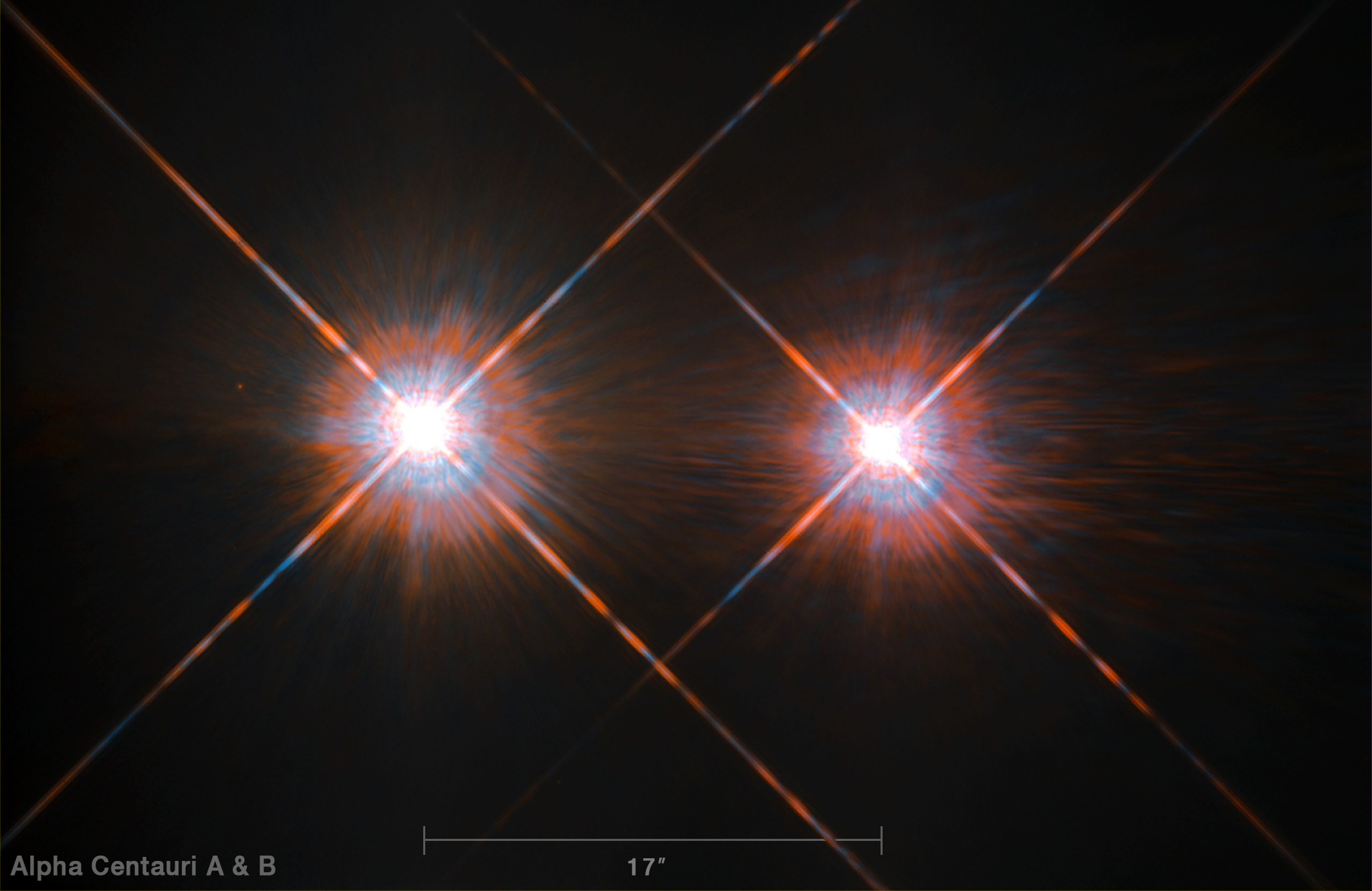wherearewegoing.net – Alpha Centauri, the closest star system to our own Sun, is a captivating celestial trio that has fascinated astronomers for centuries. Located just over four light-years away, this system offers a unique opportunity to study stars and planets beyond our solar system.
A Triple Star System
Alpha Centauri is not a single star but a complex system consisting of three stars:
-
- Alpha Centauri A: A main-sequence star similar to our Sun, slightly larger and more luminous.
- Alpha Centauri B: A smaller, cooler star, classified as a K-type main-sequence star.
- Proxima Centauri: A red dwarf star, the closest star to the Sun.
A Potential Habitable World
One of the most exciting discoveries related to Alpha Centauri is the potential for habitable planets. In 2016, astronomers discovered a rocky planet, Proxima Centauri b, orbiting within the habitable zone of Proxima Centauri. This means that liquid water, essential for life as we know it, could potentially exist on the planet’s surface.
A Future Destination?
The proximity of Alpha Centauri has sparked dreams of interstellar travel. While current technology limits our ability to reach this star system, it remains a tantalizing goal for future generations. Scientists and engineers are exploring innovative propulsion technologies, such as nuclear fusion and solar sails, that could potentially enable interstellar missions.
Observing Alpha Centauri
While Alpha Centauri is too close to Earth to be resolved into individual stars with the naked eye, it appears as a single, bright star in the night sky. It is located in the constellation Centaurus, which is visible from the Southern Hemisphere. Binoculars or a small telescope can reveal more details about its position and its proximity to other stars in Centaurus.
A Window to the Future
Alpha Centauri, our nearest stellar neighbor, offers a unique opportunity to study star formation, planetary systems, and the potential for life beyond Earth. As technology advances, we may be able to unlock the secrets of this fascinating system and perhaps even send our first interstellar probes to explore its worlds.
